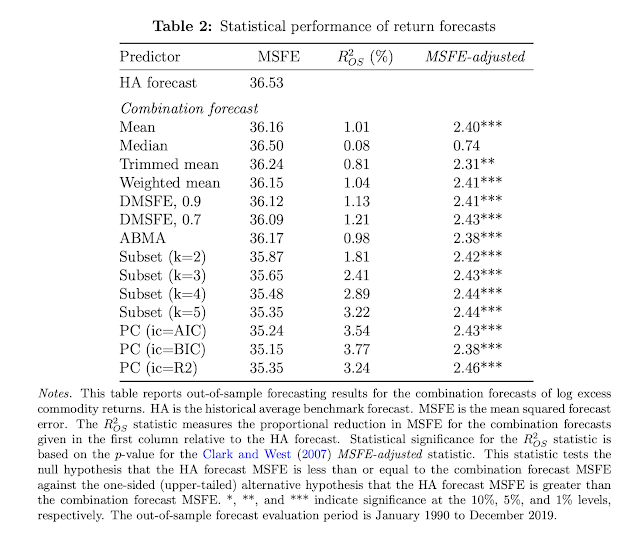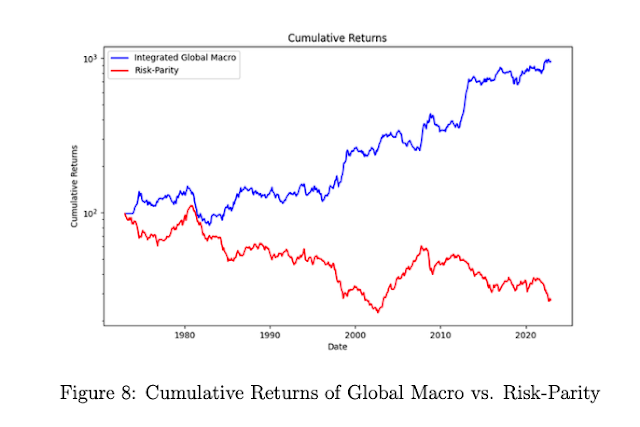A very useful way to think about connected has been developed by Diebold and Yilmaz in a set of papers that are connected through their book, Financial and Macroeconomic Connectedness: A Network Approach to Measurement and Monitoring. The connectedness table is related to the variance decomposition that is often used with VAR models. The H-step forecast error d(i,j) is just the fraction of i's H-step forecast error due to shocks in variable j. The full set of these pairwise forecasts error relationships for the system can be seen in a connectedness table.
If you have a 4x4 connectedness table, we can look at the pairwise directional connectedness through the off-diagonal elements, d(i,j). If we look at element in the matrix (1,2), we will say that the pairwise directional connectedness is C( of j to i, or 2 to 1). There will be N-squared - N pairwise directional connectedness measures. The net pairwise directional connectedness will be C(1,2) = C(2,1) - C(1,2) which leads to (N-squared - N)/2 net pairwise direction connectedness measures.
There will be 8 off-diagonal row and columns sums labeled "from" and "to" which are the total directional connectedness measures. So, the column at the right will be the sum all of the off-diagonals and will say that x% of the variation comes from other markets. The sum of the columns for a give row i tells us the total variation from others to i. If we look at the column sums, this will tell us the total directional connectedness from j to others. We can look at the net total direction effects, through say the C(2) which is the "to" or column impact minus the "from" or row impact which provides the combination effect. The total combination is the sum of the "from" column and "to" row is the total system-wide connectedness.
We can look at the net connectedness through time for the whole system or we can look at the to or from connection for each element in our matrix. This will tell us the amount of forecast error variance that is due to shocks from other markets. A generalized variance decomposition will be used to create the matrix.
The "to" and "from tables can be converted into pairwise network graphs to show how market re connected visually.




















































